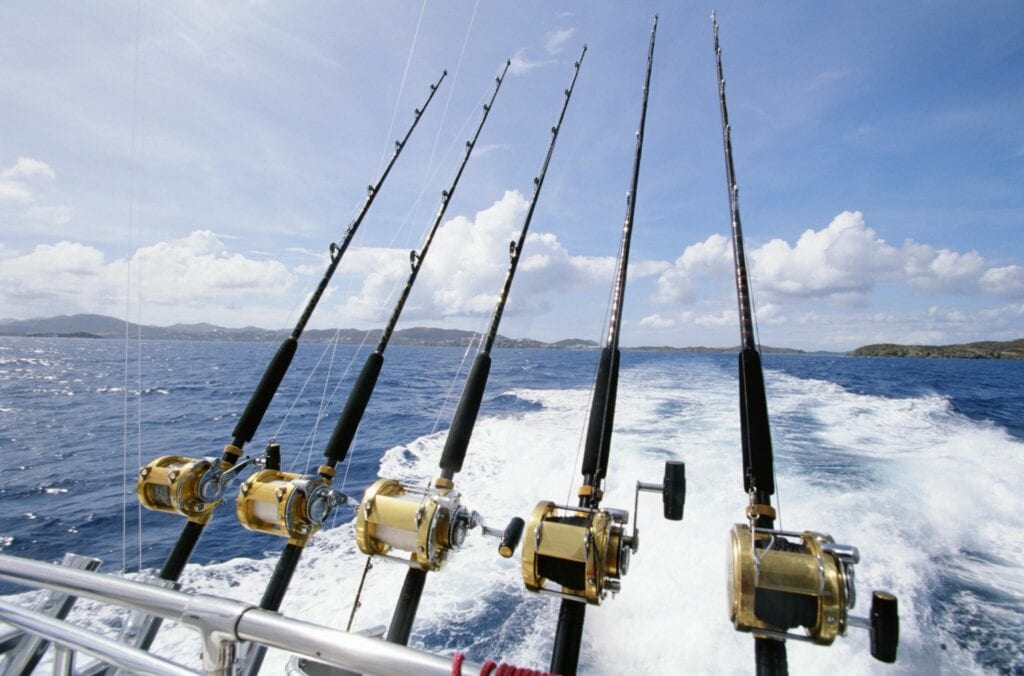
Reeling in the Rewards - From Hook to Cook in Safe and Flavorful Style
Imagine the thrill of reeling in that big catch after hours of patient waiting. The gentle tug, the excitement of the fight, and the pride in your catch are unmatched. But the adventure doesn't end there. To truly savor the fruit of your labor, you need to transition from the angler to the chef, ensuring your catch is clean, safe, and flavor-packed. If the very thought sends a wave of uncertainty, fear not! Dive into our comprehensive guide on fish cleaning and let us steer you through the waves, ensuring your next meal is not only delicious but safe and sustainable. Let's embark on this post-fishing journey, from river to plate!
The Importance of Properly Cleaning Your Catch
Properly cleaning your catch is crucial for several reasons. First and foremost, it ensures that the fish is safe to eat. By removing any harmful bacteria, parasites, or toxins, you can protect yourself and your family from potential foodborne illnesses. Additionally, cleaning the fish also helps to maintain its flavor. By removing the blood and other impurities, you can enhance the taste of your meal and make it more enjoyable. Finally, proper fish cleaning also contributes to sustainable fishing practices. By adequately handling your catch, you can minimize waste and help preserve fish populations for future generations. So, clean it properly for a delicious and sustainable meal next time you reel in a big one.
Necessary Tools for Fish Cleaning
When it comes to fish cleaning, having the right tools is essential. Here are some necessary tools that will make the process much easier.
- You'll need a sharp fillet knife. A dull knife can make the task more difficult and increase the chances of accidents. Additionally, having a cutting board or a clean, flat surface to work on is crucial.
- You'll also need a pair of pliers or a fish scaler to remove scales effectively.
- Other tools that can come in handy include a fish cleaning table or a sturdy surface with a water source nearby, a bucket or container to hold the fish waste, and gloves to protect your hands.
With these tools, you'll be ready to tackle the fish-cleaning process like a pro.
Step-by-Step Guide to Preparing Your Fish for Consumption
Once you have caught your fish and gathered all the necessary tools, it's time to start preparing it for consumption.
- Begin by placing your fish on a clean, flat surface.
- Take your sharp fillet knife and make an incision behind the gills, cutting down to the backbone.
- Then, turn the fish over and repeat the incision on the other side.
- Next, insert the knife near the head and carefully slide it along the backbone, filleting the fish.
- Once the fillets are removed, rinse them under cold water to remove any blood or debris.
- Now, it's time to remove the skin. Place the fillet skin-side down and insert the knife between the flesh and the skin, gently cutting and sliding the knife until the skin is completely separated from the flesh. Repeat this process for the other fillet.
After your fish is thoroughly cleaned and filleted, you can cook it however you prefer – frying, grilling, or baking. And there you have it – a step-by-step guide to preparing your fish for a delicious meal.
Safety Tips and Precautions When Cleaning a Fish
When it comes to cleaning a fish, safety should always be a top priority. Here are some essential tips and precautions to keep in mind. First and foremost, make sure always handle your knife with caution. A sharp knife can easily cause accidents, so take your time and be careful. It's also a good idea to wear gloves to protect your hands from any potential cuts or bacteria. When cutting, keep your fingers away from the blade and make smooth, controlled movements.
Additionally, be cautious when handling fish with sharp fins or teeth, as they can cause injury. Lastly, properly dispose of the waste after cleaning your fish to avoid attracting pests or causing a foul odor. By following these safety tips and precautions, you can ensure a smooth and accident-free fish cleaning experience.
Preserving the Freshness: How to Store Your Catch
Preserving the freshness of your catch is essential to ensure that it stays delicious and safe to eat. Once you've cleaned and prepared your fish, it's necessary to store it properly to maintain its quality. One of the best ways to keep your fish is by placing it in a plastic bag or airtight container and storing it in the refrigerator. Make sure to label the bag or container with the date of storage to keep track of its freshness.
If you plan on keeping your fish for an extended period, you can also freeze it. Wrap the fish tightly in plastic wrap or aluminum foil, place it in a freezer bag, and store it in the freezer. Following these storage tips, you can enjoy your freshly caught fish for weeks or months.
Need a place to stay on your fishing trip to the Louisiana Bayou? Book your lodging today at Southern Breeze Lodge.
